In this article, we will be covering the steps involved in a Breast Augmentation procedure. An important part of any medical decision, including plastic surgery, such as a breast augmentation, is a thorough consultation with a highly qualified and experienced board certified surgeon. The doctor/client consultation is the foundation for a successful procedure and positive results.

Discuss Personal Goals with your Plastic Surgeon
During your consultation, the surgeon will ask about your personal goals and what you’re hoping to achieve. You’ll be able to go over the augmentation and breast size increase you’re looking for.
View Before and After pictures
Ask to see some before and after pictures. Most surgeons have them. By viewing them, you’ll be able to get a better idea of the change you’re looking for and the previous work the plastic surgeon has done. Here are some examples of Dr. Ganchi’s breast augmentation surgery results.
Surgeon goes over Patient’s General Health and Health History
Your current health and medical history will be an important part of this consultation. You’ll be asked to fill out forms which your surgeon will go over, asking any additional questions as needed. Health history and current health status will inform the best way to proceed with augmentation procedures.
Patient gets Answers to All Questions
You’ll have an opportunity to ask all your questions and voice any concerns. Your plastic surgeon should be open and freely discuss all aspects, both pros and cons, of your breast augmentation. They’ll also explain the basic procedure and the expected results. Do not consent to any procedure until your surgeon has thoroughly answered all of your questions or concerns about any part of the procedure or post-surgery status.
Choose Silicone or Saline Breast Implants
Preferred size and shape of breasts have a bearing on implant type
Part of any breast augmentation is the choice of implants. Your plastic surgeon will go over the two types with you. The size of the implant has a bearing on which you choose, since the two types of implant are filled with different substances, having different characteristics, including feel and look.
Saline-filled implants are silicone shells filled with sterile salt water (saline). They are filled during the breast augmentation operation.
Silicone gel-filled implants are silicone shells filled with a thick gel (silicone). Many women say that silicone gel implants feel more like real breasts than saline, but they require more maintenance than saline implants.
Body Type and Size can Affect Breast Implant Choice
An additional factor that will help determine your choice of implant and the implant’s size is your body type. A larger boned woman will have different choices than will a woman with a petite build. You must also consider proportion to body, level of activity, lifestyle and so on.
Personalized Sizing and Shaping Session
One of the fun parts of deciding on the size and type of implant for your breast augmentation is your personalized sizing and shaping session. Here you will be able to “try on” various shapes and sizes of implants in order to get a good perspective on how they alter your appearance.
Preparing for Surgery
Patient is Given Pre-Surgery Instructions to Follow
You will be asked to make certain preparations before your breast augmentation surgery. These include such things as when you should stop eating, bringing a friend to drive you home, and preparing your environment to aid you in your recovery. Paying close attention to these instructions will have a positive impact on your surgery and post-surgery recovery.
Plastic Surgery Team will Administer Anesthesia
There are several different types of anesthesia that can be used for breast augmentation surgery. Which one you receive depends on the type of surgery to be performed, the facility, your general health, and the preferences of your plastic surgeon.
Any type of anesthesia does have risks attached to it, but major side effects and complications are rare.
Common Types of Anesthetics used in Breast Augmentation are:
General Anesthesia
The most common type of anesthesia used in breast augmentation and other invasive surgical procedures, general anesthesia affects your entire body. General anesthetics are usually given as liquids via an IV in combination with anesthetic gases.
Local Anesthesia with Sedation
Local anesthetics numb a particular area and stop pain only in that immediate area. They are usually given via injection directly into the site. Risks associated with local anesthesia are slim. Local anesthesia may be used with sedation during breast augmentation. In this scenario, the breast area is infused with a local anesthetic agent such as lidocaine or marcaine to provide numbness in the operative location.
Sedation Anesthesia
Sedation is usually administered via intravenous (IV) line. There are three levels of conscious sedation:
- Minimal sedation: You are very relaxed, but awake.
- Moderate Sedation: You sleep through most of the surgery but can be awakened easily.
- Deep Sedation: You will sleep through the entire procedure. Unlike with general anesthesia, you are still breathing on your own. You don’t need a tube placed in your throat to breathe for you.
One or more of these types of incision will be used
Incision type varies based on the individual patient. Factors include:
- Type of breast implants
- Size of the breast implants
- Patient’s anatomy
- Doctor’s recommendation
Three Common Incisions used in Breast Augmentation Surgery are:
- Inframammary
- Periareolar
- Transaxillary
Inframammary (under breast, where breast meets chest)
The inframammary incision is placed near the crease under the breasts, slightly above where the breast and rib cage meet. The plastic surgeon selects the best location immediately under the breast, makes the incision and creates a pocket in which to place the implant. Next, the implant is slid upward through the incision and centered behind the nipple.
Periareolar – around the areolas
The periareolar incision (nipple incision) is placed between your areola (the pink or brownish skin that surrounds your nipple) and your breast skin. This type of incision allows for precise pocket modification as necessary to create the desired breast shape.
Transaxillary – via the armpit
The transaxillary incision (armpit incision) is placed in the armpit. In this procedure, the incision is made in the natural folds of the armpit tissue, then a channel for the implant is created up to the breast. The breast implant is inserted and positioned.
Two Ways to Position the Implant:
- Subglandular (under the breast tissue but over the pectoral muscle)
- Submuscular (under the pectoral muscle and breast tissue)
Your plastic surgeon will place your new breast implants either under the breast tissue (above the muscle) or under the chest muscle. This placement has been a subject of some debate among surgeons and you’ll have an opportunity to discuss which of these implant positions your plastic surgeon thinks is best for you.
The Surgeon Closes the Incisions
Sutures are used to close incisions inside the breast tissue and in the skin. Surgical tape may be used to protect the incision on the skin.
Recovery
Typical Recovery
You will be asked to rest for five to seven days following your breast augmentation procedure. After this, you’ll be able to return to limited activity. After about four weeks you should be able to resume a normal lifestyle, including light exercise.
Side effects and risks of Breast Augmentation
As is the case with any surgery, breast augmentation comes with certain risks. These do not occur frequently, but, according to the FDA, they have happened with patients:
- Asymmetry (breast turning out or remaining uneven)Breastfeeding difficulties
- Breast pain
- Breast sagging, also called “ptosis”
- Deflation of the breast implant
- Delayed healing
- Implant displacement or bad positioning of the implant
- Implant felt or seen through the skin
- Implant wrinkling or rippling
- Infection
- Inflammation or irritation
- Nipple or breast changes, including change in or loss of nipple sensation
- Redness or bruising
- Rupture or leaking of the breast implant
- Scarring
- Unsatisfactory appearance due to implant style or size
Enjoy the Results of Your Breast Augmentation
A breast augmentation procedure can improve not only your appearance but your self-esteem and self-confidence as well.
To find out more about how Harvard trained and board certified plastic surgeon Dr. Ganchi and his team can help you with your breast augmentation give them a call to schedule a private consultation.
